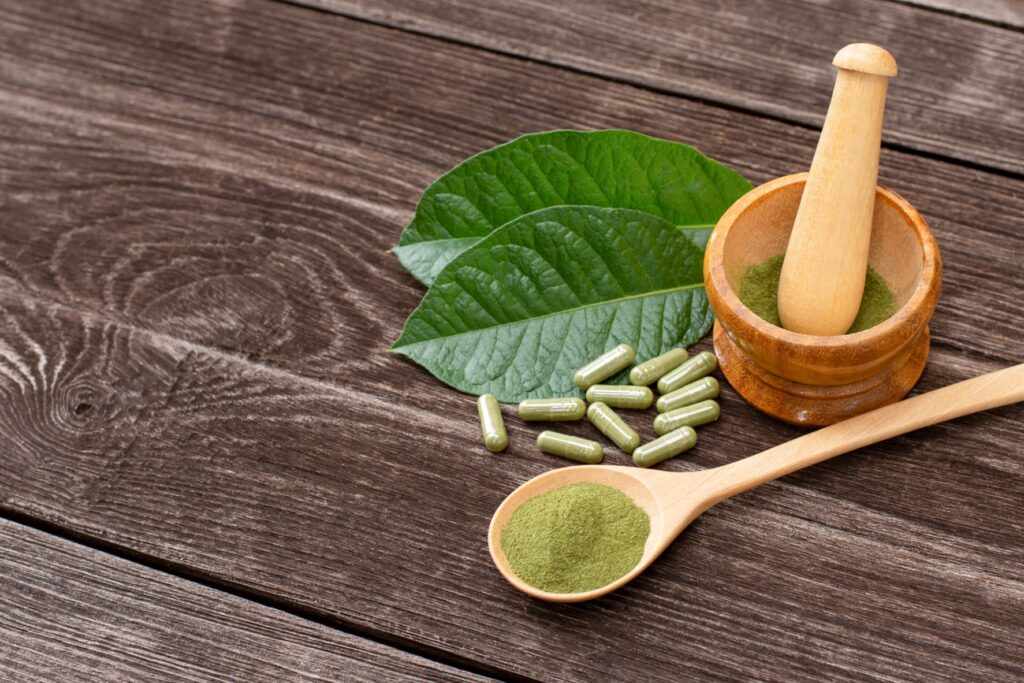
Kratom has sparked growing interest for its complex interaction with the human body. Native to Southeast Asia, the leaves of the Mitragyna speciosa tree contain powerful compounds that may influence mood, energy, and other bodily responses whether you're just curious or already using Kratom in Dallas, TX, understanding how its alkaloids work can help you make more informed choices.
What Are Alkaloids and Why Do They Matter?
Alkaloids are naturally occurring compounds found in a variety of plants. In Kratom, the most notable ones are mitragynine and 7-hydroxymitragynine. These two make up the majority of Kratom’s chemical profile and may be responsible for most of its effects.
Alkaloids interact with the body’s receptors, especially those found in the brain and spinal cord. While Kratom doesn’t function exactly like common substances that affect the nervous system, these compounds may mimic or influence certain neurotransmitters. This interaction is what gives Kratom its complex profile.
How Alkaloids May Affect the Body?
Once consumed, Kratom’s alkaloids are absorbed through the digestive system and transported into the bloodstream. From there, they may cross the blood-brain barrier and begin interacting with opioid receptors, specifically, the mu and delta types. But unlike synthetic opioids, Kratom’s alkaloids have a different binding profile. They may only partially activate these receptors, which could explain why users report a wide range of experiences.
In low amounts, mitragynine may act as a stimulant. It may increase alertness, focus, or sociability. On the flip side, higher servings may result in more calming or soothing effects. This dual nature makes Kratom unique, and potentially unpredictable, especially if someone is new to it.
The Role of 7-Hydroxymitragynine
Even though it’s present in much smaller amounts than mitragynine, 7-hydroxymitragynine may be more potent. This alkaloid may have a stronger affinity for the brain’s receptors and could contribute more significantly to the plant’s overall effects. However, it’s also the compound that draws the most scrutiny from researchers and regulators.
The way this alkaloid interacts with the body may depend on several factors, such as the specific strain, dosage, and a person’s body chemistry. That’s why it's essential for users in regions like Dallas to be cautious and pay attention to how their body responds.
Other Alkaloids in Kratom
Kratom contains over 40 different alkaloids, though most are still under research. Compounds like speciogynine, paynantheine, and speciociliatine may also contribute to Kratom’s overall profile. Some of these may influence muscle relaxation, while others might interact with other receptor types entirely.
It's important to note that the alkaloid content can vary between strains and even between harvests. Environmental factors, drying methods, and the age of the leaves all play a part. That's why buying quality Kratom in Dallas, TX, from trusted sources is so important for consistent experiences.
Metabolism and Elimination
Once the alkaloids have circulated through the system, the liver begins the process of breaking them down. Enzymes such as CYP3A4 are involved in metabolizing Kratom’s compounds, and individual differences in liver function may influence how long Kratom stays active in the body.
After metabolism, most alkaloids are excreted through the kidneys. However, traces may remain detectable in the system for a while, depending on factors like hydration, metabolism, and frequency of use.
Conclusion
Kratom’s interaction with the human body is shaped by its rich blend of alkaloids. While mitragynine and 7-hydroxymitragynine are the stars of the show, a range of lesser-known compounds also play supporting roles. Understanding these chemical interactions can offer a more balanced view of what to expect when using Kratom in Dallas or anywhere else.
As research continues, users are encouraged to stay informed and approach Kratom with respect and caution. If you’re exploring this botanical for the first time, start slow and pay close attention to how your body reacts.
Write a comment ...